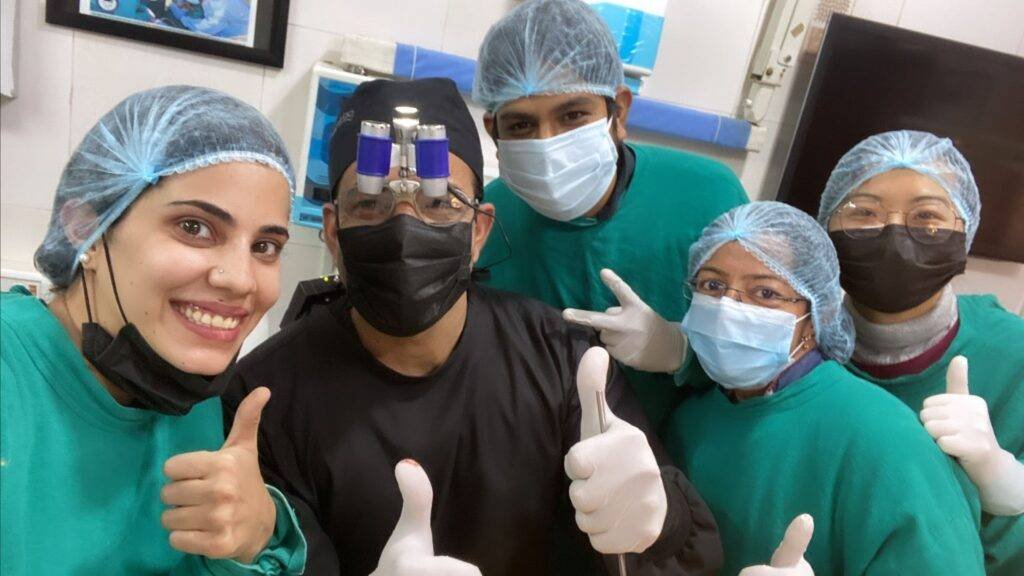Dealing with an unplanned pregnancy can feel overwhelming and raise many questions about what steps to take next. This choice is personal and needs honest advice without feeling judged or misled.
Abortion is a topic that keeps evolving, with more places now offering safer and lawful options. But navigating these choices isn’t always easy. Medical jargon, legal stuff, and all the emotions tied to this decision can make the process more complicated to understand.
However, there are many confidential and caring organizations that offer reliable guidance to those seeking help, no matter where they are in their journey.
Learning about abortion steps, including how it’s done and what to expect before, during, and afterward, can give people a better sense of readiness and control over decisions.
This guide provides a clear overview of what happens in an abortion. It includes the methods available and care afterward to provide support and information at every stage of the process to those who choose it.
Exploring Abortion Choices
Where someone lives can affect abortion choices since laws and access aren’t the same everywhere. Some areas allow abortions up to a specific timeframe, while others have more limits.
Because laws vary so much, it’s important to know the legal status of abortion where you live. For instance, if you are in Mexico and considering your options, you might want to search online or ask your healthcare provider about “Is abortion legal in Mexico?” to understand the regulations that apply to you.
Generally, there are two primary types of abortion:
- Medical abortion
- Surgical abortion
Medical abortion uses pills to terminate a pregnancy and can be done at home in the early stages. Clinics perform surgical abortions, which are minor operations.
Both options are considered safe when handled by professionals. The choice often hinges on your pregnancy stage, overall health, and personal preferences.
To make a decision, you need accurate information. Reliable support networks can walk you through your options and help you determine what fits your circumstances best.
The Medical Abortion Process
A medical abortion allows a pregnancy to be terminated with medicines, not surgery. Medical experts suggest women should select this option only in the first weeks of pregnancy and only under proper guidance.
A combination of two types of pills is offered: the first prevents the pregnancy from advancing, and the second helps the uterus push out its contents. The vast majority of users find that this way gives them both privacy and control.
Experiencing heavy bleeding and menstrual cramps means it’s progressing. Follow-up afterward ensures everything is completed. Expecting what happens at each moment can soothe your worries and make the process go easier.
What to Expect During a Surgical Abortion
A surgical abortion is a safe and quick outpatient procedure performed at a clinic. Doctors generally perform this process in the first or second trimester, and the entire procedure takes between 10 to 15 minutes.
Clinics may provide local anesthesia or mild sedation to make you feel calm. The method uses suction to extract the pregnancy tissue from the uterus.
Despite how it may sound, most individuals find the procedure to be a manageable and straightforward process. Surgical abortion is an ideal option for anyone seeking fast and clear results.
Legal and Confidentiality Considerations
Abortion laws and regulations can differ locally and are guided by local rules. Make sure you know what is allowed in your area and explore the services that are available to you.
Even in places with strict rules, some groups provide safe and private help. These services focus on keeping things confidential and often work without needing approval from a partner or parent.
Privacy plays a significant role in this type of care. Many services offer help through consultations, support, or even sending medication in a discreet way when needed.
This can be important to those who worry about being judged, facing stigma, or dealing with other challenges. Understanding your rights and knowing your choices takes away some of the stress.
It gives you the power to make decisions you feel good about without worrying.
Emotional and Physical Aftercare
Recovery after an abortion involves both your body and emotions. Many people feel better in just a few days. Feelings can differ from person to person. Some feel relief, while others might deal with sadness or doubt. This is normal and nothing to feel bad about.
Taking it easy, drinking enough water, and doing light activities can support your recovery. If you experience severe pain, heavy bleeding, or a fever, get medical help right away.
Follow-up visits might include a quick check-up and a talk about future birth control or anything else affecting reproductive health. Aftercare helps you feel whole again in your body, mind, and emotions.
Talking to someone who listens can help you heal and process your feelings.
Where to Find Support and Reliable Information
Seeking solid information and support can make a significant difference. Websites focused on abortion guidance provide clear, step-by-step advice and connect you with experts who answer questions promptly.
These sites have 24/7 chat options, resources available in various languages, and discreet ways to deliver abortion pills if needed. They aim to be easy to use, respectful, and caring while prioritizing your comfort and safety.
If you need help picking a method of learning about your choices or just need someone to listen, these services are ready to help.
Getting Ready for the Process
Getting ready to have an abortion isn’t just about understanding the medical details. It means taking steps to prepare and sorting out practical stuff, too. Having a plan, knowing how the process works, and setting up a supportive space can help things feel less overwhelming.
Before you go through the procedure, collect all the details and follow the instructions you’re given. Make sure there’s a comfy place ready so you can rest afterward, whether you’re having a medical or surgical abortion.
Think ahead about basic needs like food, water, and managing discomfort. Have things like sanitary pads, a heating pad, and any meds your doctor gave you available.
It’s just as important to take care of your feelings. Talk to someone you trust or reach out to confidential support if you need someone to lean on.
Conclusion
Looking into abortion options might seem overwhelming, but quality information and supportive care can lower feelings of worry and doubt. Deciding between a medical or surgical option becomes simpler when you understand your choices, helping you feel more confident about what to do.
Accessing safe and confidential care should be available to everyone. Reliable services are out there to guide you, so you don’t have to face these decisions by yourself.
Remember, you’re not alone in this. With help and guidance, you can make informed choices and proceed with confidence and understanding.



